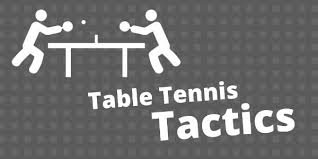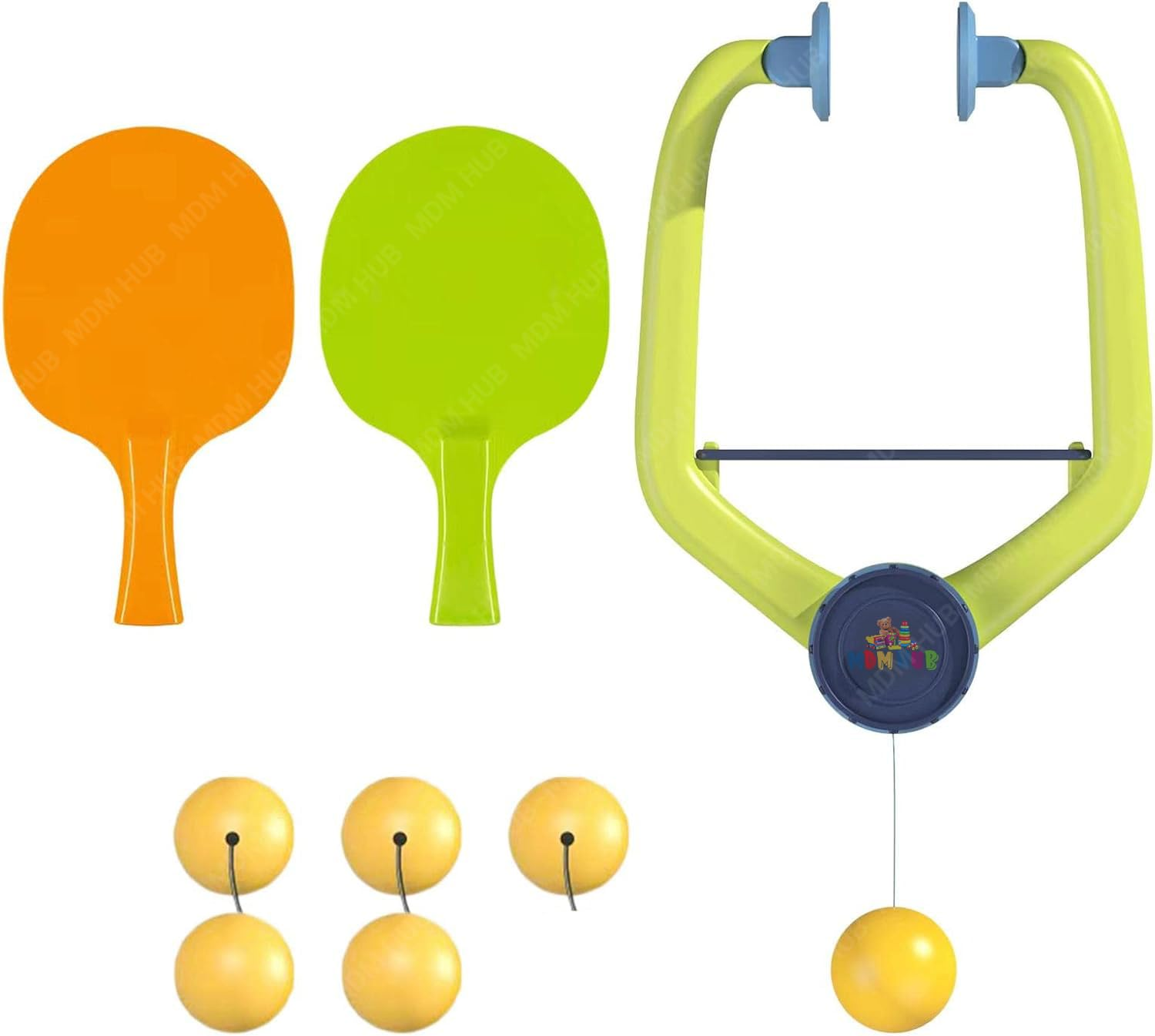Important of Muscles system in Table Tennis

The strong framework assumes an essential part in table tennis, as it empowers quick developments, exact strokes, and supported execution. Here are a few key motivations behind why the solid framework is significant in table tennis: 1. Quick Development: Muscles work with speedy responses, quick footwork, and fast arm developments. 2. Stroke Creation: Muscles control the racket, producing power, twist, and accuracy for different strokes. 3. Dexterity: Muscles empower synchronized developments of the eyes, hands, and arms. 4. Wrist and Finger Control: Muscles in the lower arm, wrist, and fingers control the racket's point, bearing, and speed. 5. Center Dependability: Muscles in the center keep up with equilibrium, strength, and stance during quick developments. 6. Perseverance and Endurance: Solid perseverance considers delayed mobilizes and supported execution. 7. Power and Speed: Muscles create power areas of strength for circles, crushes, and fast drives. 8. Deftness and Adaptabi...





